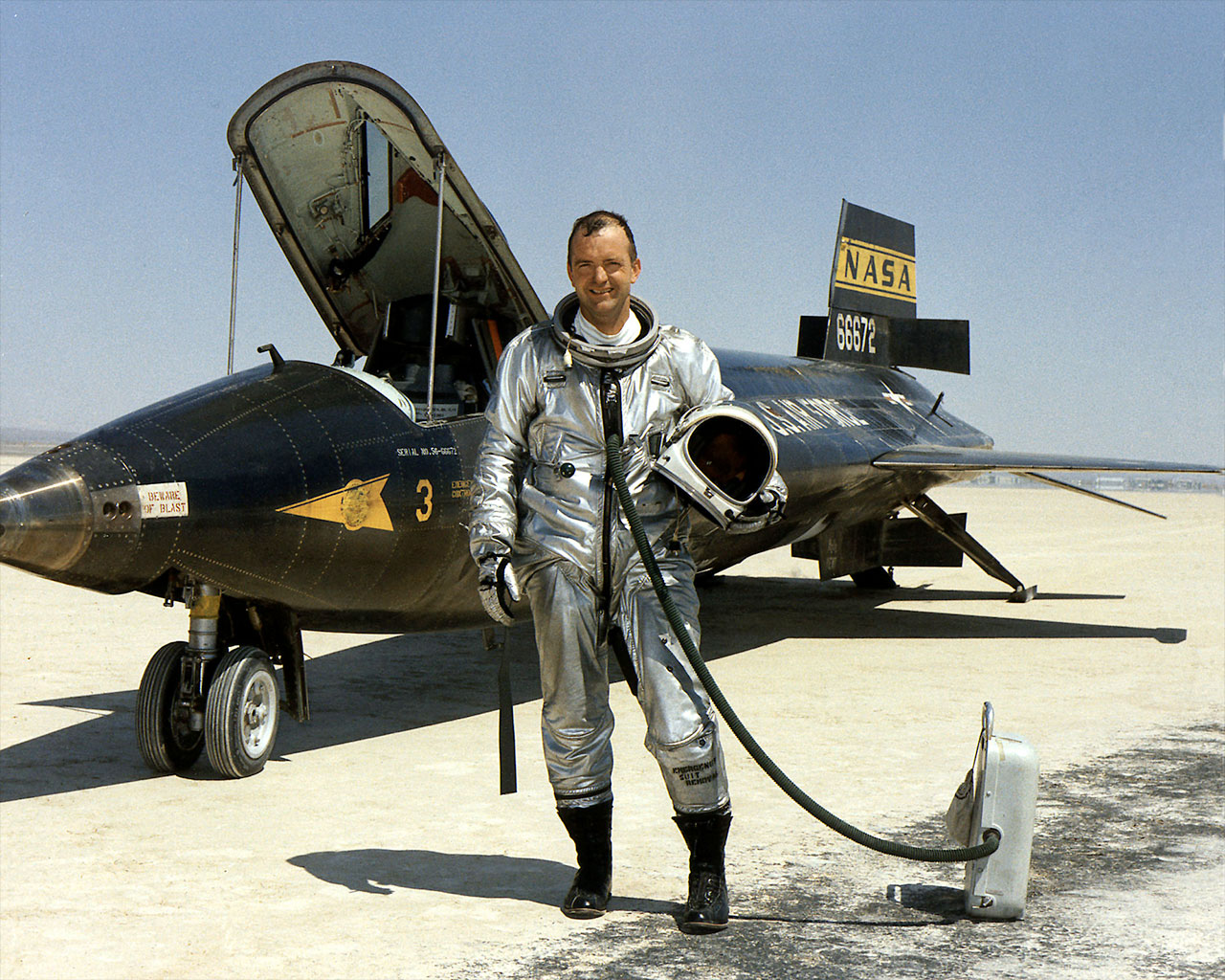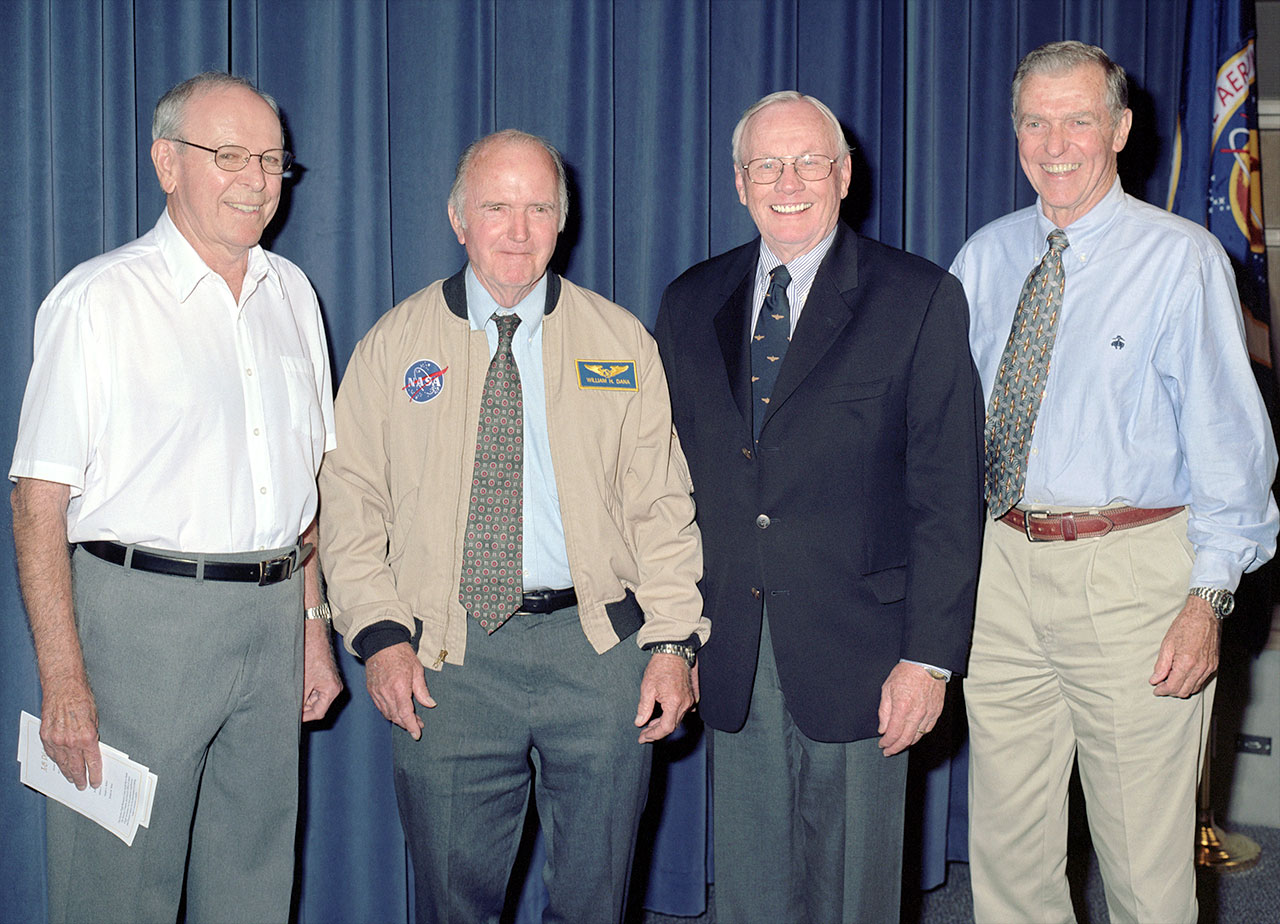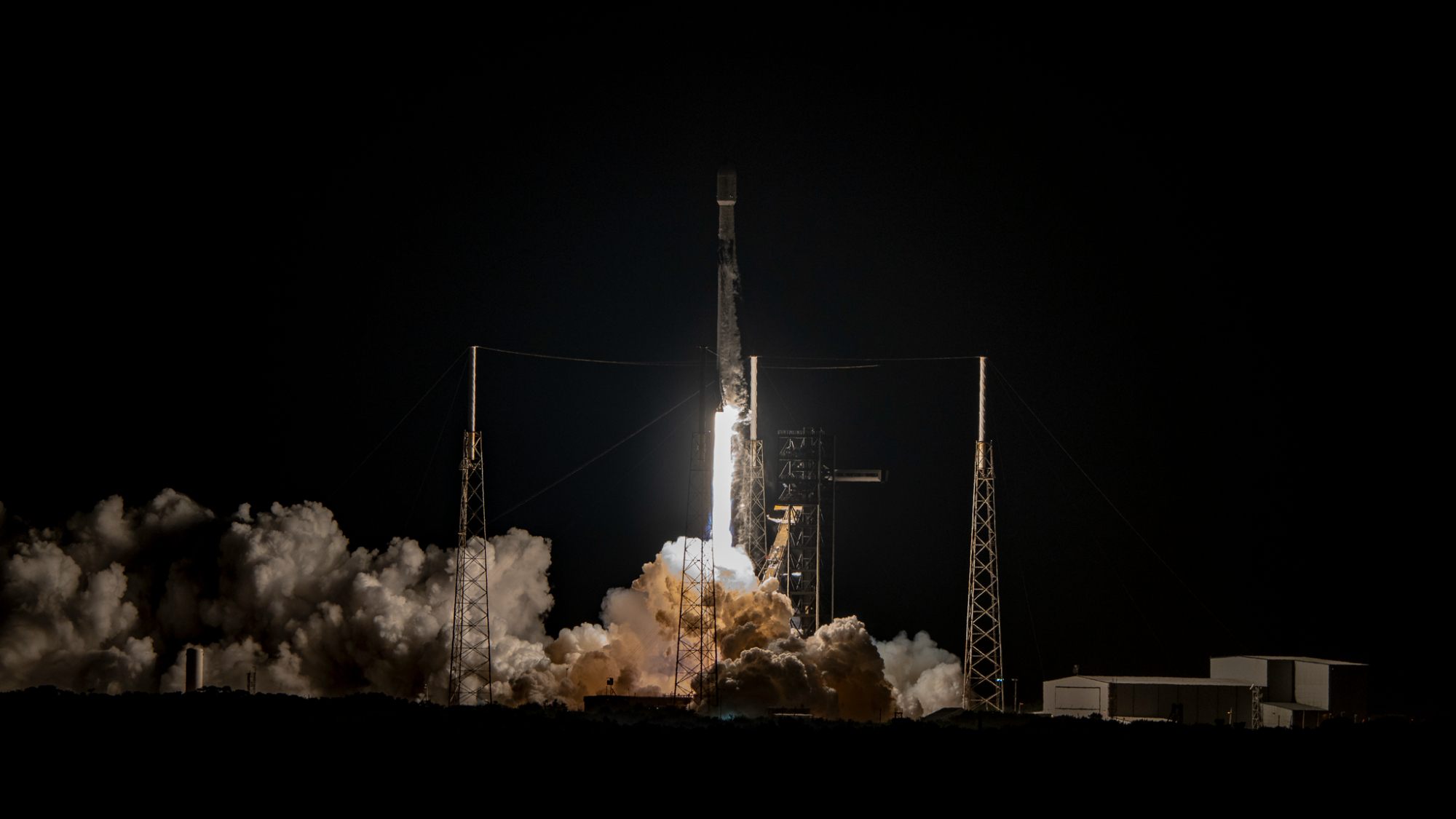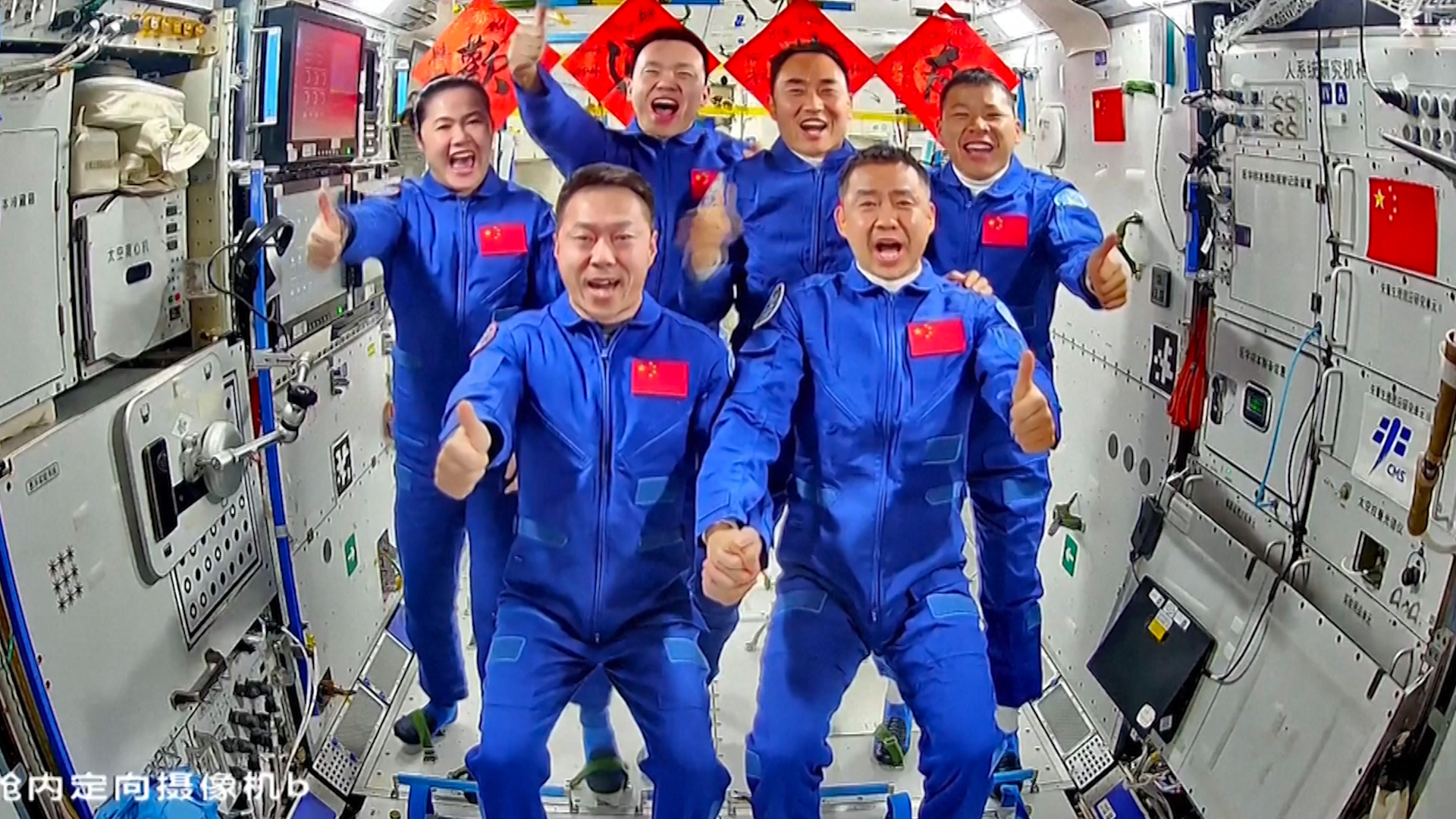NASA Test Pilot Bill Dana, Flew X-15 Rocket Plane into Space, Dies at 83

Bill Dana didn't receive his astronaut wings until almost 40 years after he flew in space.
Dana, who on Tuesday (May 6) died at the age of 83, flew the X-15 rocket plane on two flights that exceeded the Air Force-defined space boundary of 50 miles (80 kilometers) in 1966 and 1968. But, as he was a NASA research pilot and the space agency at the time did not issue wings to its pilots, Dana was not formally awarded his astronaut status until a NASA ceremony in 2005.
The delay did little however, to diminish Dana's long and distinguished career as a NASA test pilot and aeronautical engineer. [Photos: X-15 Rocket Plane Reaches Space in Test Flights]
Over the course of 48 years working at NASA's Armstrong Flight Research Center (previously Dryden) at Edwards Air Force Base in southern California, Dana logged more than 8,000 hours in more than 60 different aircraft, ranging from helicopters and sailplanes to the hypersonic X-15. Several of the aircraft he flew are now exhibited by the National Air and Space Museum in Washington, D.C.
Dana was first hired as an aeronautical research engineer at NASA's then-High-Speed Flight Station on Oct. 1, 1958, the same day the space agency was established. His first assignments included development of an X-15 rocket plane performance simulator, and stability and control research involving the F-107A fighter prototype.
In September 1959, Dana transferred to the center's flight operations branch as a research pilot. Over the next three decades he conducted flight experiments in a wide variety of aircraft, including the rocket powered X-15 and wingless lifting bodies.
Dana flew the X-15 16 times, including the 199th and final flight of the research program. His two astronaut-qualifying flights reached 58.1 and 50.6 miles (93.5 and 81.4 km).
Get the Space.com Newsletter
Breaking space news, the latest updates on rocket launches, skywatching events and more!
"The horizon appeared as a ring of bright blue around the shell of the Earth, with darkness above," Dana recalled in a 2007 NASA interview. "I knew I'd gotten all the altitude I needed to qualify as a space adventurer!"
After the X-15, Dana was assigned to fly the HL-10, M2-F3, and X-24B lifting body aircraft to validate engineers' assertions that such vehicles could be precisely controlled during approach and landing, and providing NASA with the confidence needed to proceed with designs for the space shuttle.
In addition, Dana flew hundreds of research test flights in advanced jet fighters including the F-14, F-15, F-16, and YF-17. He performed a guest pilot evaluation of the X-29 forward-swept-wing technology demonstrator and flew the F-18 High Alpha Research Vehicle, the first aircraft to use multi-axis thrust vectoring for vehicle control.

Because of his demonstrated leadership and extraordinary service in flight research, Dana was appointed Chief Pilot in 1986 and was responsible for recruiting, developing and training NASA's cadre of research pilots. He also served as assistant chief of the flight operations division.
In 1993, Dana retired from flying to become the research center's Chief Engineer. In this new role, he oversaw all research projects and was responsible for flight safety. He held this position until his retirement from civil service in May 1998.
Just seven months later, Dana returned to the center as a contractor to write analytical histories of various programs and to evaluate lessons learned. During a period of budget reductions, he gave up a salary and continued to work as a volunteer with the center's history office.
William Harvey Dana was born Nov. 3, 1930 in Pasadena, California, and raised in nearby Bakersfield.
His numerous awards and honors include the AIAA Haley Space Flight Award, NASA Exceptional and Distinguished service medals, Lancaster Aerospace Walk of Honor, and the Milton O. Thompson Lifetime Achievement Award. In 1996, he was honored in the "Salute to Test Pilots" at the Experimental Aircraft Association's convention.
He became a member of the Society of Experimental Test Pilots in 1961 and was elected a fellow in 1998.
Follow collectSPACE.com on Facebook and on Twitter at @collectSPACE. Copyright 2014 collectSPACE.com. All rights reserved.
Join our Space Forums to keep talking space on the latest missions, night sky and more! And if you have a news tip, correction or comment, let us know at: community@space.com.

Robert Pearlman is a space historian, journalist and the founder and editor of collectSPACE.com, a daily news publication and community devoted to space history with a particular focus on how and where space exploration intersects with pop culture. Pearlman is also a contributing writer for Space.com and co-author of "Space Stations: The Art, Science, and Reality of Working in Space” published by Smithsonian Books in 2018.In 2009, he was inducted into the U.S. Space Camp Hall of Fame in Huntsville, Alabama. In 2021, he was honored by the American Astronautical Society with the Ordway Award for Sustained Excellence in Spaceflight History. In 2023, the National Space Club Florida Committee recognized Pearlman with the Kolcum News and Communications Award for excellence in telling the space story along the Space Coast and throughout the world.










